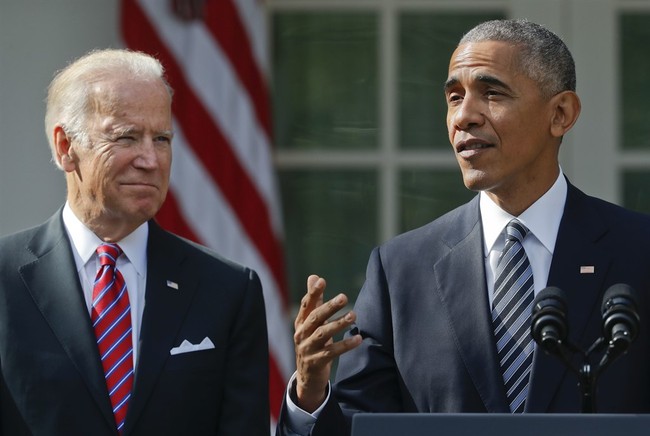Politics
Exposing the Financial Mechanics Behind Obamacare’s Subsidies

A recent analysis has raised significant concerns about the financial framework of the Affordable Care Act, commonly known as Obamacare. The critique suggests that the program primarily benefits insurance companies and nonprofit hospitals, while many Americans continue to struggle with healthcare costs. According to various reports, the U.S. government allocates approximately $40 billion annually to insurance providers, facilitating what critics argue is a flawed system.
Understanding the Financial Flow
When individuals purchase health insurance through the Obamacare marketplace, they are often misled about the extent of government support. The government aims to assist in two key areas: lowering monthly premiums through subsidies and reducing out-of-pocket expenses for medical services. The $40 billion mentioned is earmarked for cost-sharing reductions, intended to alleviate the financial burden of deductibles and copayments.
However, critics highlight that this funding is guaranteed to insurance companies without Congressional oversight or accountability. This means that regardless of the performance or efficiency of these companies, the funds flow freely every year. The reality, according to the analysis, is that many policyholders are still facing high deductibles, often exceeding $8,000, limiting their ability to utilize their insurance effectively.
The Broader Financial Impact
The situation extends beyond insurance companies. Nonprofit hospitals, which receive substantial tax advantages, reportedly benefit even more from government subsidies. Reports indicate that these hospitals receive over $125 billion annually in tax breaks, alongside $28 billion in Medicare overpayments. This system allows them to charge significantly more for services compared to independent practitioners, often resulting in financial strain for patients.
Despite the nonprofit designation, these hospitals maintain high executive salaries and engage in extensive marketing and lobbying efforts. For instance, some hospital CEOs earn upwards of $6 million per year, raising questions about the true nature of their nonprofit status. The analysis suggests that the tax exemptions enjoyed by these institutions ultimately shift the financial burden onto taxpayers, who subsidize both insurance companies and hospital systems.
The critique argues that Americans are effectively paying three times for their healthcare: through taxes that support insurers and hospitals, through insurance premiums, and through inflated medical bills. This cycle leaves many families in a precarious financial position, unable to afford necessary medical care.
As the debate surrounding healthcare continues, lawmakers face scrutiny over their role in perpetuating a system that many see as benefitting corporations rather than citizens. The ongoing discourse around the Affordable Care Act highlights the complexities of healthcare financing in the United States, with calls for reform gaining traction among various advocacy groups.
In light of these revelations, the urgency for transparent dialogue around healthcare policies is more critical than ever. As the situation evolves, both lawmakers and the public will need to engage in discussions that prioritize the well-being of individuals over the financial interests of corporations.
-

 World3 weeks ago
World3 weeks agoGlobal Air Forces Ranked by Annual Defense Budgets in 2025
-

 World3 weeks ago
World3 weeks agoMass Production of F-35 Fighter Jet Drives Down Costs
-

 Science3 weeks ago
Science3 weeks agoTime Crystals Revolutionize Quantum Computing Potential
-

 World3 weeks ago
World3 weeks agoElectrification Challenges Demand Advanced Multiphysics Modeling
-

 Top Stories3 weeks ago
Top Stories3 weeks agoNew ‘Star Trek: Voyager’ Game Demo Released, Players Test Limits
-

 Top Stories3 weeks ago
Top Stories3 weeks agoDirecTV to Launch AI-Driven Ads with User Likenesses in 2026
-

 Business3 weeks ago
Business3 weeks agoGold Investment Surge: Top Mutual Funds and ETF Alternatives
-

 Lifestyle3 weeks ago
Lifestyle3 weeks agoDiscover Reese Witherspoon’s Chic Dining Room Style for Under $25
-

 Entertainment3 weeks ago
Entertainment3 weeks agoFreeport Art Gallery Transforms Waste into Creative Masterpieces
-

 Health3 weeks ago
Health3 weeks agoGavin Newsom Critiques Trump’s Health and National Guard Plans
-

 Business3 weeks ago
Business3 weeks agoUS Government Denies Coal Lease Bid, Impacting Industry Revival Efforts
-

 Politics2 weeks ago
Politics2 weeks agoLanguage Evolution: New Words Spark Confusion in Communication









